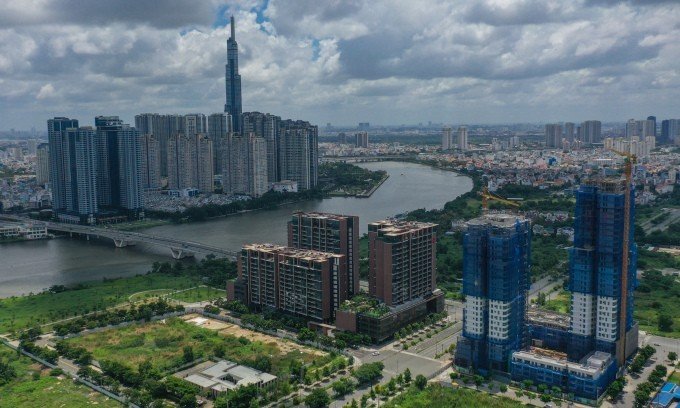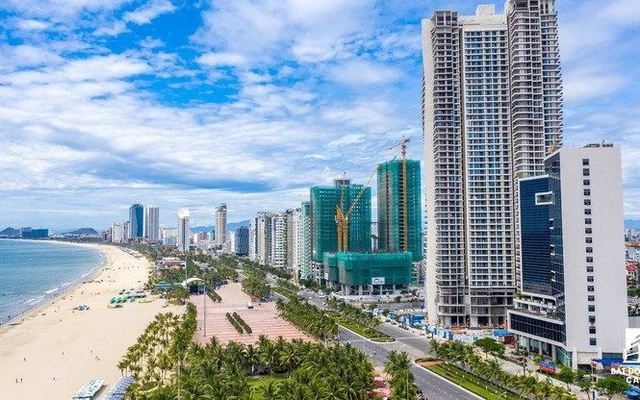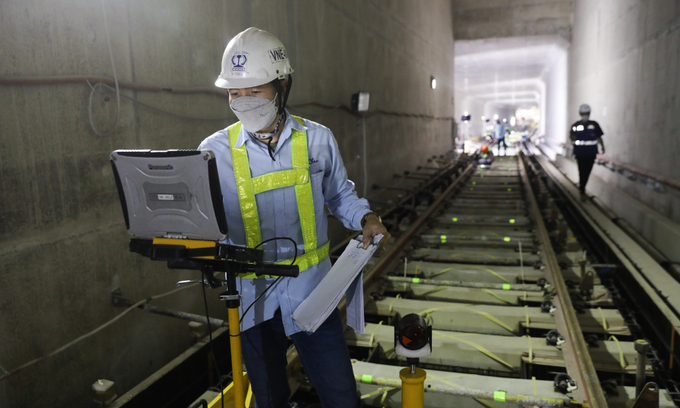Credit rating agency Moody's has upgraded Vietnam's rating from Ba3 to Ba2 thanks to its growing exports and manufacturing sector, and changed its outlook from positive to stable.
"The upgrade to Ba2 reflects Vietnam's growing economic strengths relative to peers and greater resilience to external macroeconomic shocks that are indicative of improved policy effectiveness," it said in a statement.
The increasing demand for Vietnamese exports through the coronavirus pandemic underpins the growing competitiveness of the country's manufacturing sector, which has outperformed regional peers in attracting foreign direct investment and driven a rapid rise in per capita income, it said.
Trade tensions between the U.S. and China, and the supply chain disruptions due to the waves of lockdowns in China have accelerated manufacturing investment in Vietnam given the similarity of Vietnam's exports compared with China's among Asia-Pacific economies and its ample supply of relatively low-cost labor, it said.
But structural risks to the economy could emerge over the next five to 10 years as the existing stock of port, airport, electricity, and railways infrastructure and the working age population, which would peak around 2035, might be insufficient to absorb large-scale shifts in supply chains to Vietnam from China and other higher-wage locations of production, it warned.
Despite below-potential growth in 2021, Vietnam's fiscal performance was stable with a deficit of 3.4% of GDP as revenue collection exceeded targets by 16.8% partially due to companies' lower than expected uptake of stimulus measures such as corporate income tax deferrals, it said.
In 2022 Moody's expects the deficit to edge up to around 3.8%.
Referring to its decision to lower Vietnam's outlook, it said downward pressures could emerge from external uncertainties related to slowing global growth and risks in Vietnam's financial system that could weigh on the economy.
"Although Moody's expects Vietnam's economy to continue to benefit from FDI inflows and supply chain shifts in the Asia Pacific region, Vietnam's structural balance of payments surpluses may narrow over the next two years due to higher commodity prices, slower growth in Vietnam's largest export markets, rising domestic investment needs, and higher input costs owing to occasional supply chain disruptions."








